
In recent years, more and more manufacturing enterprises have introduced industrial robots to participate in production and manufacturing. The improvement of efficiency and revenue has aroused a strong interest in industrial robots among these enterprises, and as a result, more and more enterprises have the intention to introduce industrial robots.
For enterprises or designers who have not used industrial robots, the industrial robots selection is a problem. Below, we will discuss how to choose a suitable industrial robot based on 9 professional industrial robot parameters.
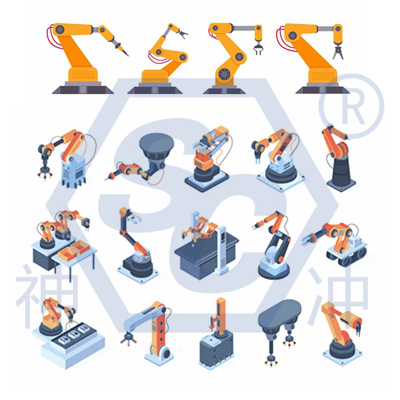
Firstly, the most important source is to evaluate the application scenarios and processes of the imported robots.
If the application process requires machine collaboration next to manual labor, collaborative robots should be a good option for typical human-machine hybrid semi-automatic lines, especially in situations where frequent station changes or line shifts are required, and in conjunction with new torque sensors.
If you are looking for a compact Pick&Place material robot, you may want to choose a horizontally articulated robot.
If you are looking for situations where small objects can be quickly picked up and placed, parallel Mechanism are most suitable for such needs.
Vertical joint multi axis robots can adapt to a very wide range of applications. Special processes such as material collection, discharging, stacking, spraying, deburring, welding, etc.
Nowadays, industrial robot manufacturers have corresponding robot solutions for almost every application process. All you need to do is clarify which job you want the robot to do for you, and choose the most suitable model from different types.
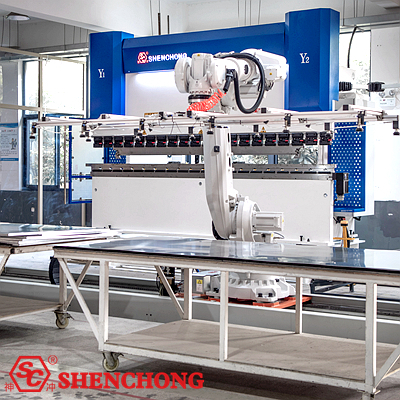
The payload is the maximum load that a robot can carry in its workspace. From, for example, 3kg to 1300kg.
If you want the robot to complete the transportation of the target workpiece from one workstation to another, you need to pay attention to adding the weight of the workpiece and the weight of the robot's gripper to its workload.
Additionally, it is important to note that the load curve of the robot may vary in actual load capacity at different distance positions within a spatial range.
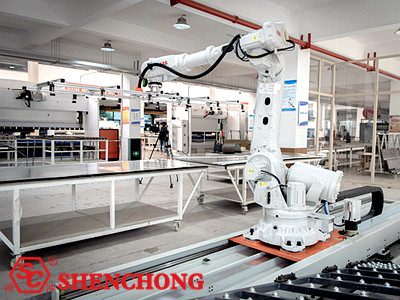
The number of axes configured by the robot is directly related to its degrees of freedom. If it is for a simple and straightforward situation, such as taking from one conveyor belt to another, a simple 4-axis robot is sufficient to handle it.
However, if the application scenario is in a narrow workspace and the robot arm requires a lot of twisting and rotation, a 6-axis or 7-axis robot will be the best choice.
The number of axes generally depends on the application scenario. It should be noted that selecting a slightly more number of axes is not a problem in terms of flexibility, provided that cost is allowed. This facilitates the subsequent reuse and transformation of robots to another application process, which can adapt to more work tasks instead of discovering insufficient number of axes.
Click here to know What is Industrial Robot External Axis?
When evaluating the target application, it is important to understand the maximum distance that the robot needs to reach. Choosing a robot is not just based on its payload - it also requires a comprehensive consideration of the exact distance it can reach. Each company will provide a corresponding robot's operating range diagram, which can determine whether the robot is suitable for a specific application.
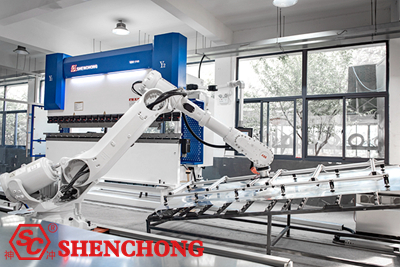
The horizontal motion range of the robot, pay attention to the non working area near and behind the robot. The measurement of the maximum vertical height of a robot is the distance (Y) from the lowest point that the robot can reach (usually below the robot base) to the maximum height that the wrist can reach. The maximum horizontal actuation distance is the distance (X) from the center of the robot base to the farthest point that the wrist can reach horizontally.
Repetitive accuracy can be described as the ability of a robot to complete routine work tasks and reach the same position every time. This factor also depends on your application scenario.
The repeatability accuracy of robots is generally between ± 0.05mm and ± 0.02mm, or even more precise. For example, if you need your robot to assemble an electronic circuit board, you may need a super precision repetitive robot. If the application process is relatively rough, such as packaging, palletizing, etc., industrial robots do not need to be so precise.
On the other hand, the selection requirements for the accuracy of robots in assembly engineering are also related to the transmission and calculation of dimensions and tolerances in various stages of assembly engineering, such as the positioning accuracy of incoming materials and the repeated positioning accuracy of the workpiece itself in the fixture. This indicator is represented as positive or negative ± from a 2D perspective. In fact, since the motion repetition points of the robot are not linear but in 3D space, the actual situation of this parameter can be at any position within the spherical space within the tolerance radius.
Of course, the current combination of machine vision technology and motion compensation will reduce the requirements and dependence of robots on incoming material accuracy, and improve the overall assembly accuracy.
This parameter is closely related to each user. In fact, it depends on the Cycle Time required to complete the assignment. The specification table lists the maximum speed of this model of robot, but we should know that considering the acceleration and deceleration from one point to another, the actual operating speed will be between 0 and the maximum speed. This parameter is usually measured in degrees per second. Some robot manufacturers also label the maximum acceleration of the robot.
The weight of the robot body is an important factor in designing the robot unit. If an industrial robot must be installed on a customized machine, or even on a guide rail, you may need to know its weight to design the corresponding support.
Basically, each robot manufacturer provides information about their robot braking system. Some robots are equipped with brakes on all axes, while other robot models do not have brakes on all axes. To ensure precise and repeatable positioning in the workspace, there needs to be a sufficient number of brakes.
Another special situation is that in the event of an unexpected power outage, the axle of the load-bearing robot without brakes will not lock, which poses a risk of accidents
Meanwhile, some robot manufacturers also provide the rotational inertia of robots. In fact, for the safety of design, this will be an additional guarantee. You may also notice the applicable torque on different axes.
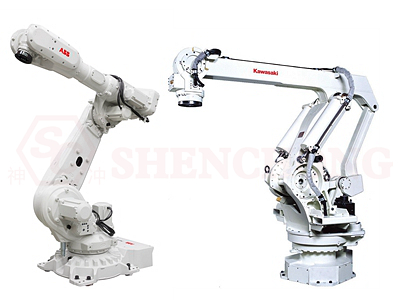
Select a standard that meets a certain level of protection (IP level) based on the usage environment of the robot. Some manufacturers offer a product range of identical robotic arms with different IP protection levels for different occasions. If robots work in products related to food production, pharmaceuticals, medical equipment, or flammable and explosive environments, the IP level will vary. Generally, the standard is IP40, the oil mist is IP67, and the cleanliness ISO level is 3.
With the development of intelligent manufacturing, the demand for automation is increasing. Industrial robots are widely used in an increasing number of industries. Industrial robots are integrated with various automation equipment and production lines to improve production and processing efficiency and safety.
Robot technology is a typical representative of advanced manufacturing technology and automation equipment, and intelligent industrial equipment has become the foundation of global manufacturing transformation and upgrading. Integrated application of industrial machine technology and MES/WMS system, enabling intelligent manufacturing, digital workshops, and intelligent factories to move from concept to reality.